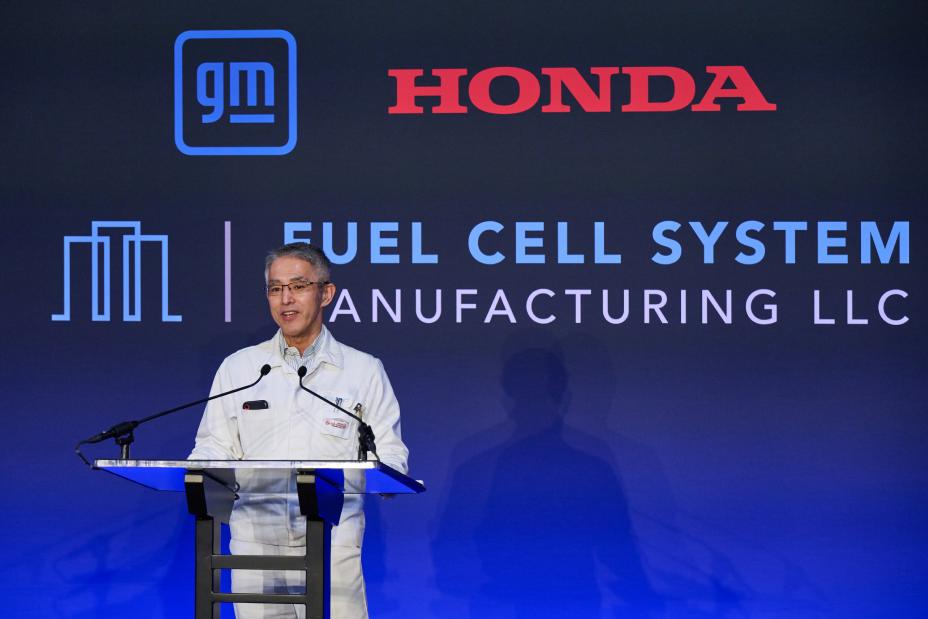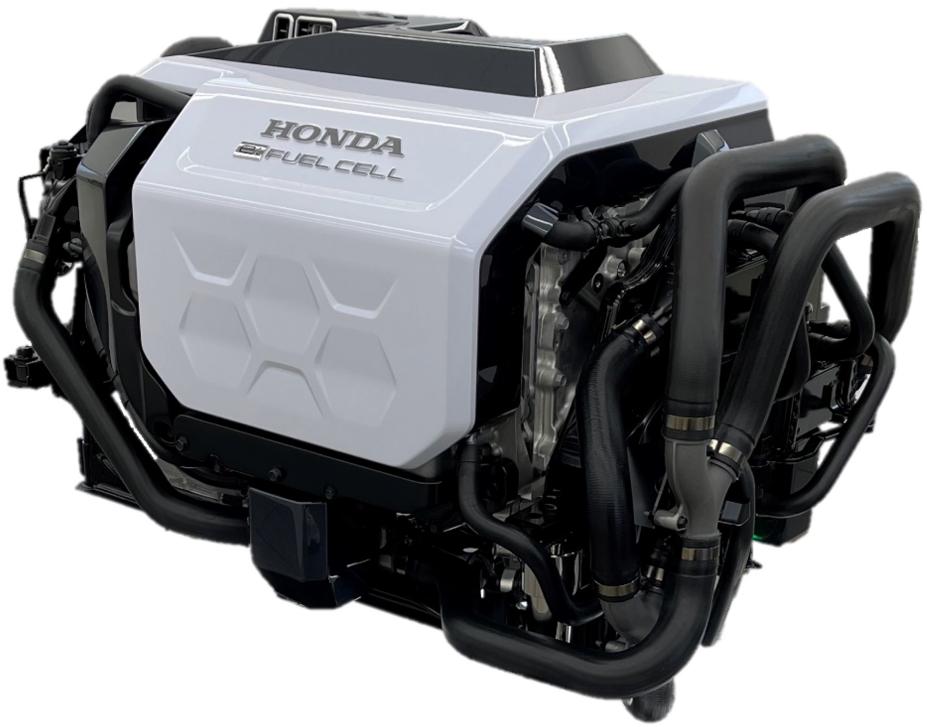
Next-Gen Honda Fuel Cell System Plays Key Role in Hydrogen Business
Honda today outlined key strategies it is undergoing to increase the use of hydrogen fuel cell technology as the company looks to expand its hydrogen business and achieve its global goal of zero environmental impact, including carbon neutrality for all products and corporate activities by 2050.
Marking the first-time hydrogen fuel cells have been produced at scale, mass production of the new Honda fuel cell (FC) system has begun at Fuel Cell System Manufacturing LLC (FCSM), a joint venture production facility with General Motors (GM) in Brownstown, Michigan.
Triple Action to Zero Approach
Honda is working toward its global goal of zero environmental impact by 2050 through its “Triple Action to Zero” approach, including not only its products, but the entire product lifecycle including corporate activities.
Carbon neutrality for all Honda products and corporate activities by 2050
Resource circulation – Using 100% sustainable materials to create a circular economy will enable Honda to recycle or reuse every bit of the materials from its vehicles, reprocess them back to raw materials and reuse those materials in the creation of new products. In short, to make new Honda vehicles out of old Honda vehicles.
Use of clean, renewable energy, including electrification and hydrogen.

Honda Hydrogen Business Strategy
In its initiatives, Honda sees hydrogen as one of the high-potential energy carriers to support this direction of renewable energy and electrification. The “hydrogen circulation cycle,” which starts with renewable energy, consists of three phases – “generate,” “store/transport” and “use.” To be more specific, with the use of water electrolysis technology, excess electricity derived from renewable energy sources can used to create “green hydrogen2”, which can be stored indefinitely with no energy loss. Utilizing fuel cell technology, this hydrogen can then be converted back into zero-emission electricity for a variety of purposes, including stationary back up power to account for fluctuations in power generation due to seasonality and weather conditions. Stored hydrogen can also be used to transport energy to where it is needed via land, sea, and pipeline.
Honda will expand the applications of the new Honda fuel cell system beyond FCEVs to various internal and external applications, thereby serving to stimulate demand for hydrogen and facilitating the carbon neutrality of society through the “use” of hydrogen.
FCEV:
This year, Honda will launch an all-new CR-V FCEV. Built at the Honda Performance Manufacturing Center in Marysville, Ohio, using domestic and globally sourced parts, it will be the only fuel cell electric passenger vehicle made in America.
Commercial Vehicles and Construction:
In the area of commercial vehicles, the GIGA FUEL CELL, a zero-emissions fuel cell-powered heavy-duty truck currently being co-developed by Isuzu Motors Limited and Honda Motor Co., Ltd. was shown for the first time at the Japan Mobility Show 2023. In addition to conducting joint research on fuel cell heavy-duty trucks, the two companies have begun demonstration testing of a prototype model on public roads in Japan in December 2023, and plan to introduce the production model to market in 2027 by fully leveraging the technology, experience and knowledge gained through the joint research.

